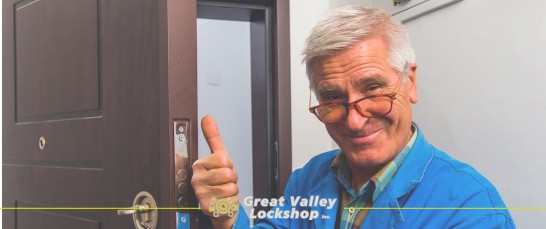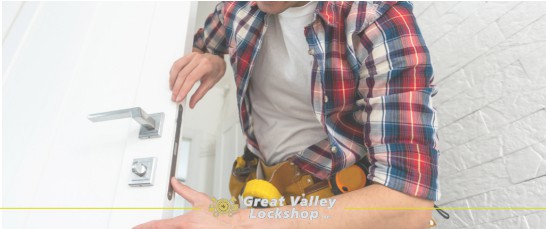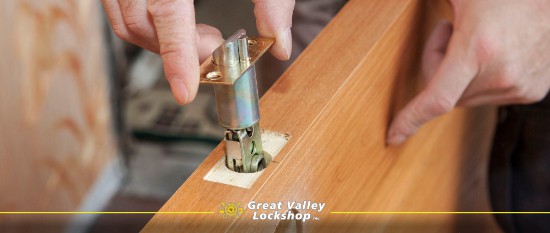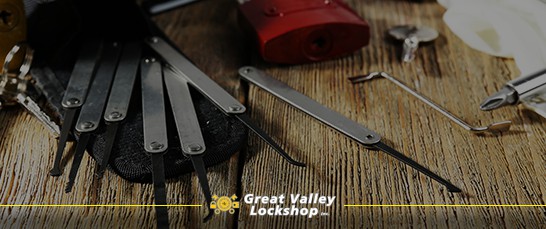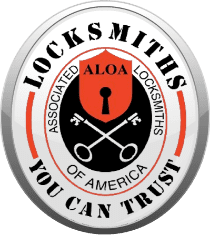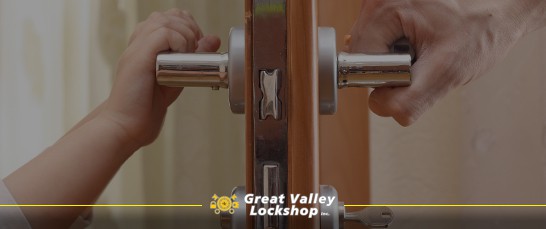
The Best Locks for Every Type of Door
Whether you’re a home or business owner, you need to keep your property secure. Surprisingly, when most people think about residential and commercial security measures, they often think about surveillance cameras and high-tech security systems. In reality, one of the best ways to protect your property and have peace of mind is simply to install the right doors and locks, both inside and out.
Not all locks are created equally; some provide a higher level of security than others. For this reason, it’s important for home and business owners to get familiar with the different types of door locks, along with their proper applications. This way, you can make sure your property is well secured.
Locks for Exterior Doors – Residential & Light Commercial
Tight security starts at the front door. For most homes and light commercial activities, such as small retail spaces, the following locksets are the most trusted in the United States. The exterior surface of these locksets are made from more durable material that can stand up to tough conditions and they offer a much higher level of security than interior locks. These can be installed on steel, wood or fiberglass front doors.
Cylinder
This common lock type can be found with both knob or lever hardware. Cylinder locks entry sets are typically locked from the inside using a button and unlocked from outside of the door with a key. Unfortunately, this type of lock can be fairly easily forced open using typical burglar picking and bumping techniques. For an easy security boost, home and business owners often choose to add a keyed deadbolt lock.
Double cylinder locks require a key to open the lock from both sides of the door. This renders it impossible for a burglar to gain entry by breaking a window and unlocking the door with a thumb-turn mechanism. Because this lock type can pose a hazard in the event of a fire, double deadbolts should always be kept unlocked when people are inside the home or business.
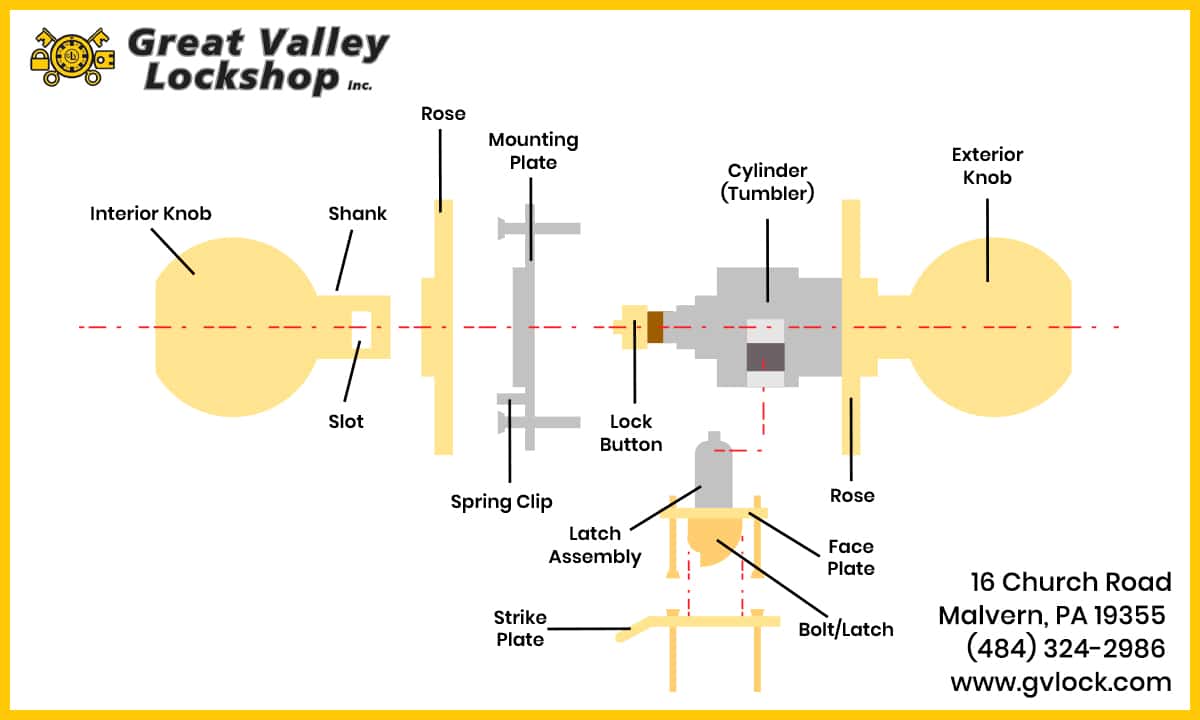
Learn about 5 Important Lock Types Throughout History.
Deadbolts
This lock is by far one of the most used for residential and commercial security. Most single deadbolt lock models can be engaged with a thumb-turn button on the interior. From the exterior, the deadbolt is unlocked with a key. Unlike other types, springs are not among the parts of the lock. Deadbolts are considered high-security hardware although a grading system has been set to ensure the level of force that it can withstand.
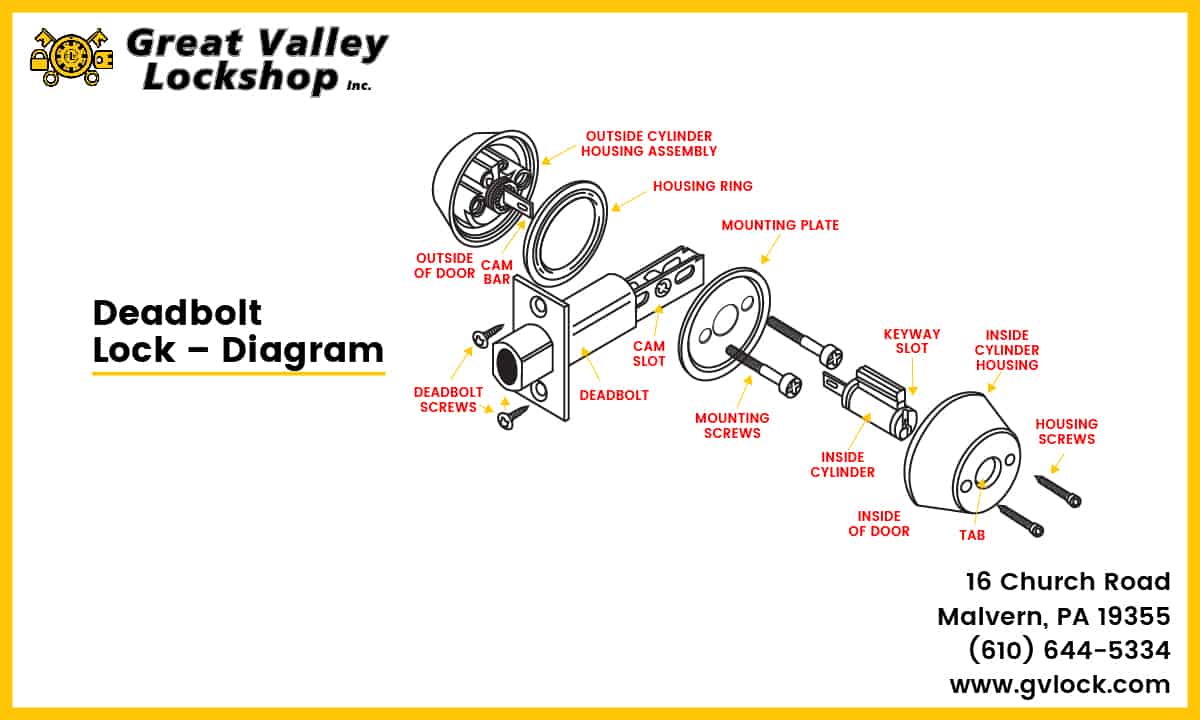
Smart Locks
Innovative smart door locks make it possible for homeowners to go keyless without compromising security. Using Bluetooth or Z-Wave technology, these devices allow you to unlock the exterior door with a smartphone app. As an added bonus, you can easily grant access temporary to guests, cleaners, dog walkers and more. Smart locks can be unlocked remotely and provide real-time notifications when someone enters. This type of electronic lock is easy to install and can integrate with other smart home technology and voice assistant.
Locks for Exterior Doors – Commercial & High Security
Exterior doors for commercial and high-security applications are usually made of glass, metal or a combination of the two materials. When a building requires a higher level of security, the locksets described below are the most trusted.
Mortise
A mortise lock fits into a pocket within the door. This traditional type of lock combines a doorknob and a deadbolt. This dual device increases security for commercial exterior doors.
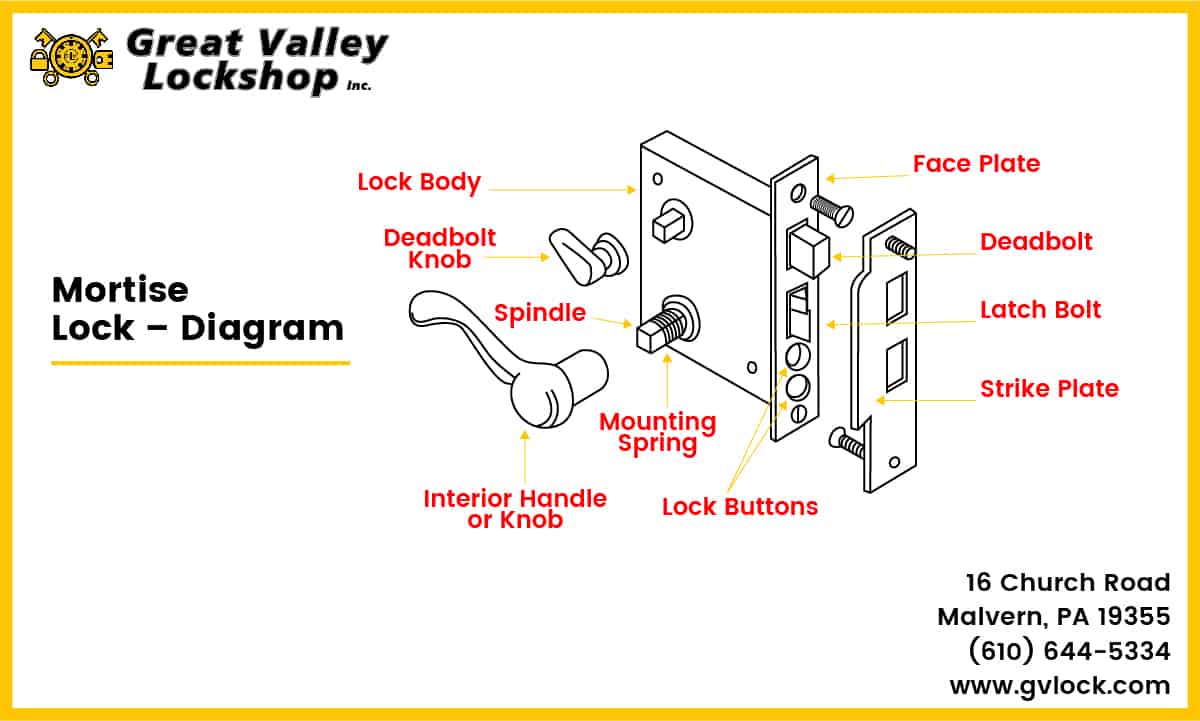
Electromagnetic Locks
This type of lock is widely used in commercial applications. Electromagnetic locks work by securely holding the door to the frame using magnets and an electrically charged armature plate. They can be used to lock exterior glass doors, swinging doors, emergency exits, automatic doors and delayed egress doors.
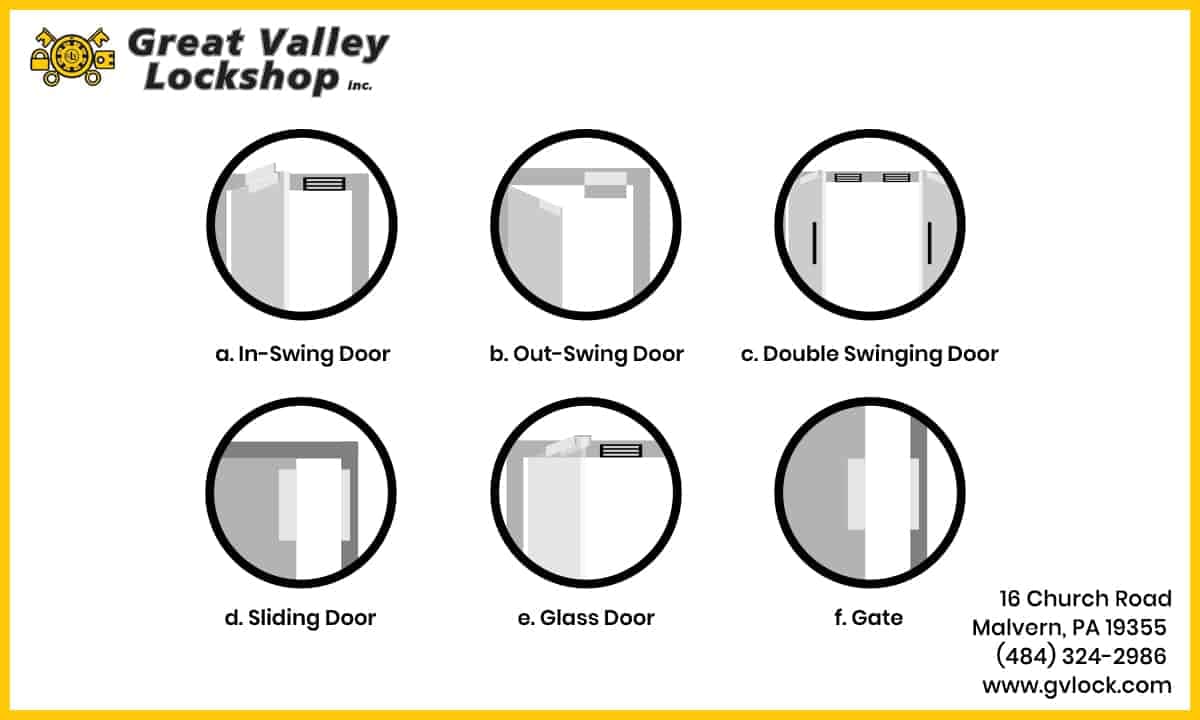
Electric Strike Locks
To secure exterior doors or interior doors at a high-security area, electric strike locks are the commonly used door hardware. They are also often utilized to secure entry points in combination with control access systems. This lockset includes a mechanical lock installed in the door and doorframe. Then, the strike plate is connected to an electrical supply so that it can be unlocked on the exterior without using a key or turning the door lever. At the same time, occupants inside the building can exit by using the handle or panic bar.
Electric strike locks can be fail-safe or fail-secure depending on the building and safety codes in effect. Releasing the lock can be accomplished with a reception button, keypad or proximity reader for access cards or fobs.
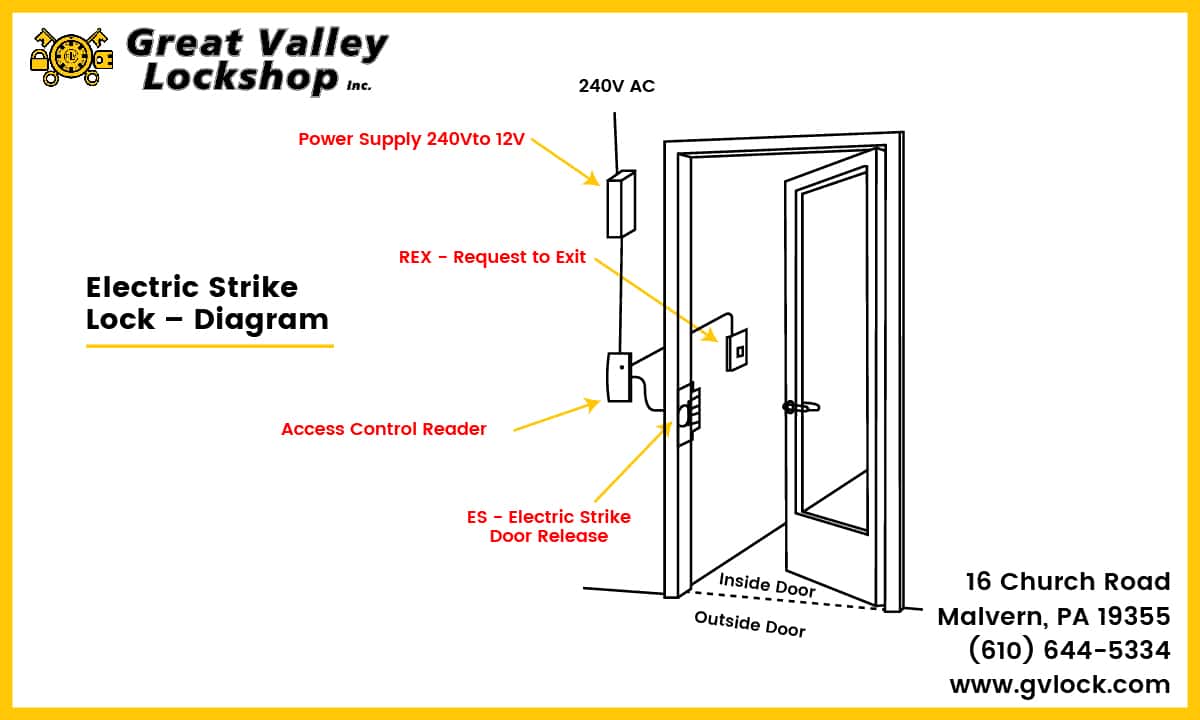
Interchangeable Core Cylinder Locks
This type of commercial lock utilizes the same basic device as a cylinder lock. The difference is that interchangeable core (IC) cylinders make it possible to rekey the lock without disassembling the lock body or changing it. When it’s time to upgrade security, business owners can simply use the control key to extract the core without taking any screws out of the door. Next, they replace the old lock core with a new one.
These locks have a signature figure 8 shape and come in small and large formats. Large format IC locks are preferred by institutions such as hospitals and universities which have many doors to maintain. This is because re-pinning the extracted core is much easier.
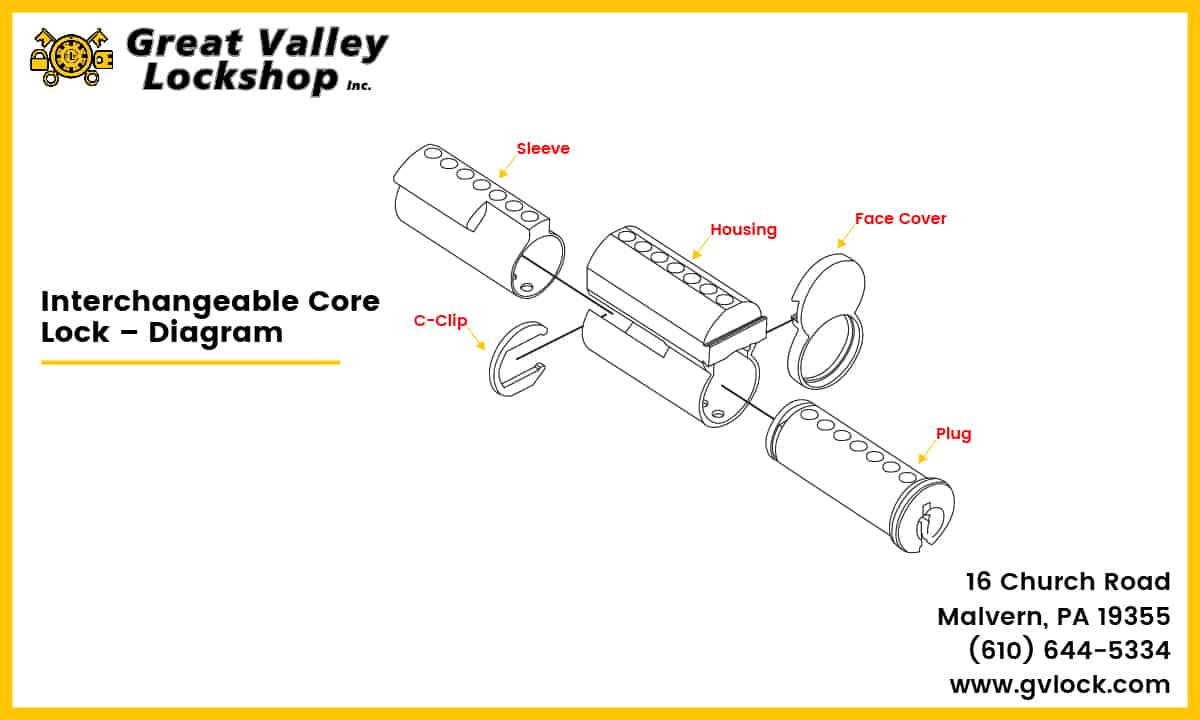
Find out more about Commercial Lock Grades and the Testing & Certification Process for Commercial Hardware.
Interior Doors – Residential
For doors inside a home, where privacy is the main concern, lighter grade locks work just fine. Yet, they would be inappropriate for exterior use where the door must provide security for a point of entry and stand up to the outside elements. Here are the most common types of locks for interior residential doors.
Knob Locks
This type of lockset is often found on bathroom and bedroom doors. It has a simple push-button or thumb-turn device on the knob. By activating the button, you can simply lock the door from inside the room. If a child accidentally locks him or herself in the room, some doorknob locks can be unlocked from the exterior using the pinhole release. Otherwise, the lockset can be disabled by disassembling it.
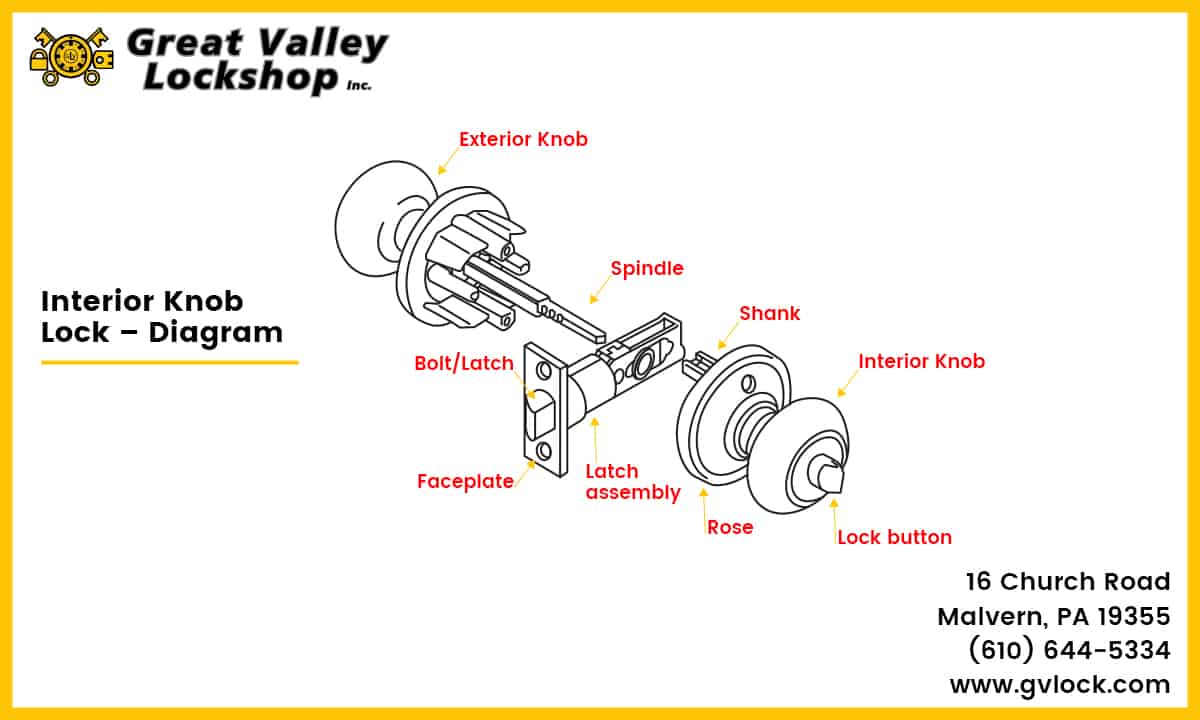
Interior Doors – Commercial
For offices, employee break rooms, classrooms, supply rooms or other interior commercial doors, there is one common option.
Lever Handle Locks
The locking mechanism is similar to that of knob locks, but the main difference is the opening hardware. Lever-style door handles are ADA compliant because they’re easy to open without needing to grasp, pinch, or turn.
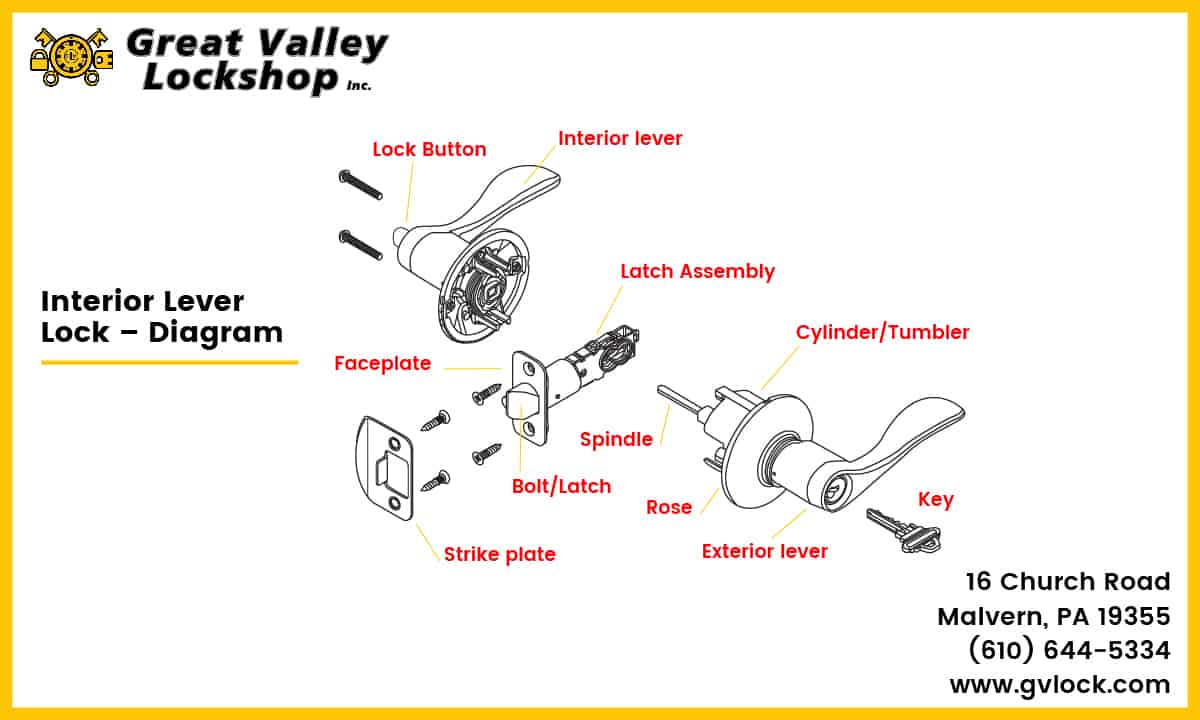
Residential & Commercial Locksmith Services
Request a consultation if you’re trying to decide on the right interior or exterior lock for your home or business. For installation or repair assistance, be sure to contact the professionals at Great Valley Lockshop. Call us at (610) 644-5334 or get a free estimate here.
